How to Raise a Calm And Relaxed Dog
by dogtoyadvisor | Last updated on November 18, 2020
We only review products we tested ourselves. We have affiliate partnerships, so we get a share of the revenue from your purchase.

Much like children, puppies come into this world as clean slates ready to be filled.
And it is our responsibility, not only to teach them what they need to know to live in harmony within our families, but also make sure they grow up balanced and happy.
Dogs learn differently than humans and if you understand how their mind works, you can solve MOST dog behavior issues.
Raising a calm dog is all about the perfect mix between love, discipline and consistency.
And we’re about to let you know just how you can do it.
Is My Dog Too Old To Learn This?
There’s a reason why dogs usually begin their training as puppies.
However, it’s never too late to teach your dog anything, it just might require a bit more time and patience to get there.
We’ve had many issues with our dogs, due to lack of training, trauma, bad practices, etc.
And there was a time where we felt hopeless about solving those issues, particularly as they grew older.
But all it took was learning just one training technique we picked up from an online dog training course and we were able to solve our dog’s issues and basically change our lives
Does My Dog’s Breed Make it Harder to Calm Him Down?
While it’s true that some breeds have higher energy levels than others, the breed doesn’t determine how your dog will react.
Not even a dog’s personality will set his behavior in stone.
We often see people giving up on their dogs (not to mention abandoning them) because they believe that nothing can be done to calm them down in order to live harmoniously with them.
This couldn’t be further from the truth.
Even a strong-willed, high energy dog can learn how to be calm and balanced.
How Dogs Learn
We believe that training an animal to do whatever you require of him is, first and foremost, a matter of understanding how his brain works.
Only when you know how a dog learns can you train him effectively in a way that he will acquire that knowledge and never forget it again.
We struggled a lot with training our dogs, we thought that, just because each had a different personality, we’d never be able to teach them in the same way.
As far as raising a calm dog, you don’t just want your dog to learn how to behave a certain way in a certain situation.
You need to train your dog to have self-control over his impulses at any situation and this is something that doesn’t come natural to him.
Luckily, we were able to find Adrienne, a certified dog trainer who’s developed a training method that really works.
By doing her online course, we were able to learn how to train our dogs in a positive, lasting way that completely changed our family dynamics and increased our overall bond with our dogs.
7 Steps to Raising a Calm Dog
It’s every dog parent’s dream.
Being able to walk your dog calmly, enjoying those special moments together with your best friend.
And, of course, be the envy of other dog parents on the dog park.
Yes, your dog needs time to run around, be crazy, chase critters, etc. But he should also know when it’s time to be calm and obedient.
1 – Exercise Your Dog Frequently
By this we mean his body and his mind.
Nothing unbalances a dog more than boredom or pent up energy.
Take the time to walk your dog properly and to exercise him frequently so he’ll burn his energy and stay relaxed.
Get your dog interactive puzzles and toys to keep his mind busy, particularly when he’s home alone.
Something simple will do, like a snuffle mat, where you’ll hide treats and toys for your dog to find.
It’s said that 20 minutes of mental stimulation is equal to an hour of physical exercise for your dog.
This is especially handy during those winter days when it’s harder to spend time outside.
2 – Train Your Puppy
Much life children, dogs need rules to feel grounded and relaxed.
Nothing confuses a dog more than not knowing what to do to please you.
Set rules for your interaction with your dog and stick with them.
If there is something he does that you don’t like and causes you to be mad at him, just teach him how not to do it so you can stop it from happening.
And remember that dogs learn by positive reinforcement.
Never strike or punish your dog when he doesn’t do as expected or takes longer than you expect to learn.
Luckily, Adrienne’s online dog training course allows us to learn positive reinforcement techniques that can be applied to a pretty much any trouble behavior like jumping, barking, pulling on leash, peeing in the house, etc.
3 – Be Consistent With Your Rules And Training
As for any training, consistency is key.
Dogs are experts at finding loopholes, meaning all it takes is for you to give in or do things differently once for your dog to go back into old behaviors.
In this particular case, if you want to have a calm, relaxed dog, you need to make sure you interact with him with that goal in mind every single day.
4 – Form a Tight Relationship With Your Dog
Ideally, you’ll want to start creating that oh-so special bond with your dog from the moment you first meet.
This is easy enough when we’re talking about a puppy because puppies require a lot of attention and company.
Also, the first months of his life are the perfect opportunity to socialize him, making sure he’ll grow up to be a sociable dog.
Adult dogs, particularly rescued ones, are to grateful and eager to please you he’ll immediately want to bond with you, even if he’s showing problem behaviors due to trauma or fears.
The best way to bond with your dog is showing him love and affection.
Just remember to refrain from it when he’s doing something you don’t want him to, so he won’t get confused about what you expect from him.
5 – Crate Train Your Dog
One of the best ways to raise a calm dog is to give him a safe haven to go to when he’s feeling stressed on anxious.
For our dogs, it’s their crates.
All you need to crate train your dog, if you haven’t already, is getting a comfortable crate that’s large enough for your dog’s size.
Also, you can read all of our best tips for how to crate train your dog easily.
Important things you’ll need to remember:
– Pick a quiet place in your home to keep your dog’s crate so he won’t be bothered when he’s in it.
– Never use your crate as punishment for an unwanted behavior. Your dog’s crate needs to be somewhere safe and peaceful, one of his favorite spots in the house.
– Never keep your dog in his crate for more than just a few hours, particularly if he’s still a puppy.
6 – Teach Your Dog to Be Happy On His Own
In his crate or out of it, your dog needs to learn to be happy on his own.
With toys, treats or plush toys, it’s important to make sure your dog learns that being alone can be good too.
This will stave off separation anxiety and guarantee a happy, calm and relaxed dog, even when you’re away.
If you’re always spending time with your dog and doing stuff for him, he’ll just become too reliant and dependent on you, when in fact you want him to have a certain amount of independence because, let’s face it, we can’t be with our dogs every single minute.
And we don’t want him to suffer for it.
Even if you spend most of your days at home, take the trouble of leaving your dog alone every day. Start small than increase the alone periods.
Read all about these and more tips on our post on how to train your dog to be home alone.
7 – But Remember to Have Lots of Fun With Your Dog
It shouldn’t be hard, dogs are such fun to be around!
They are naturally good-natured and always up for a good time.
But sometimes life happens and we end up being too busy to enjoy the blessing it is to have a dog in our lives.
Delaying quality time with your dog should be part of your schedule like anything that you consider important in your day-to-day life.
Play with him, enjoy his head on your lap at night, take him with you whenever you can, just make him a part of your life and enjoy his presence as much as you can.
Affiliate links / Images from Amazon Product Advertising and iStock
Recommending Reading:

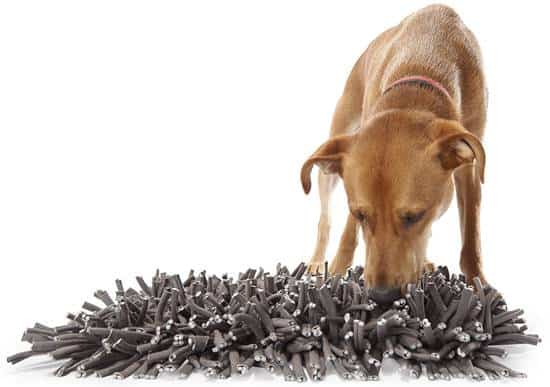
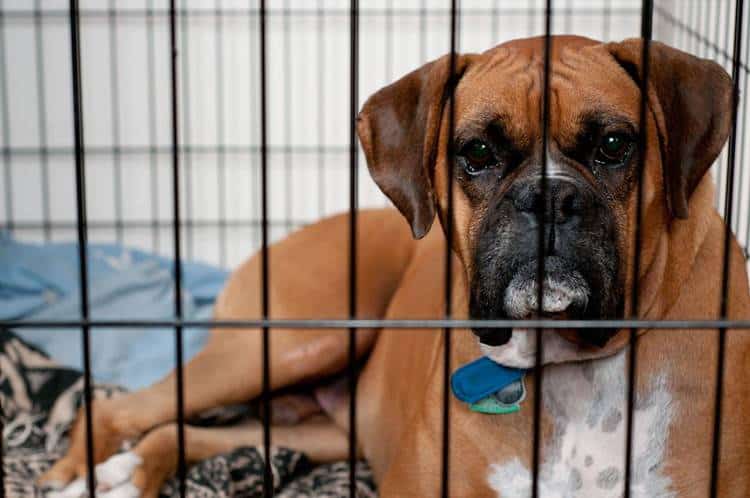
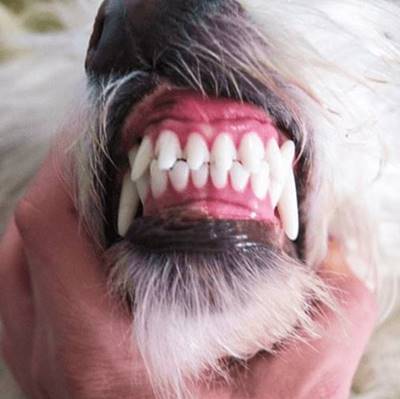


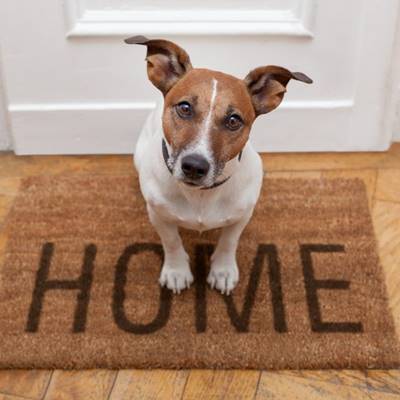
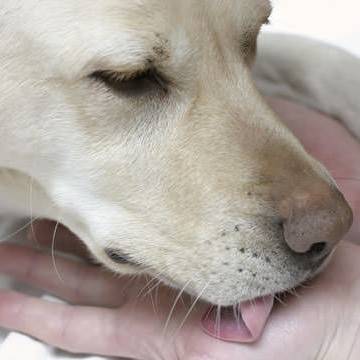
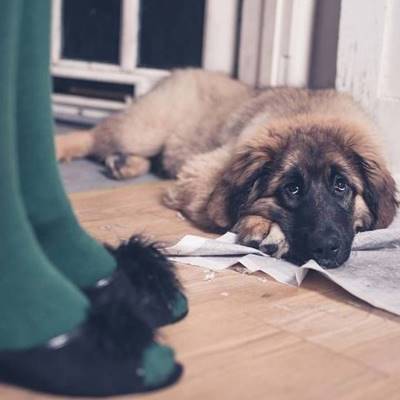

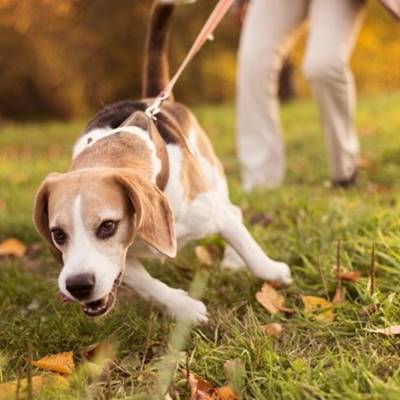
0 Comments